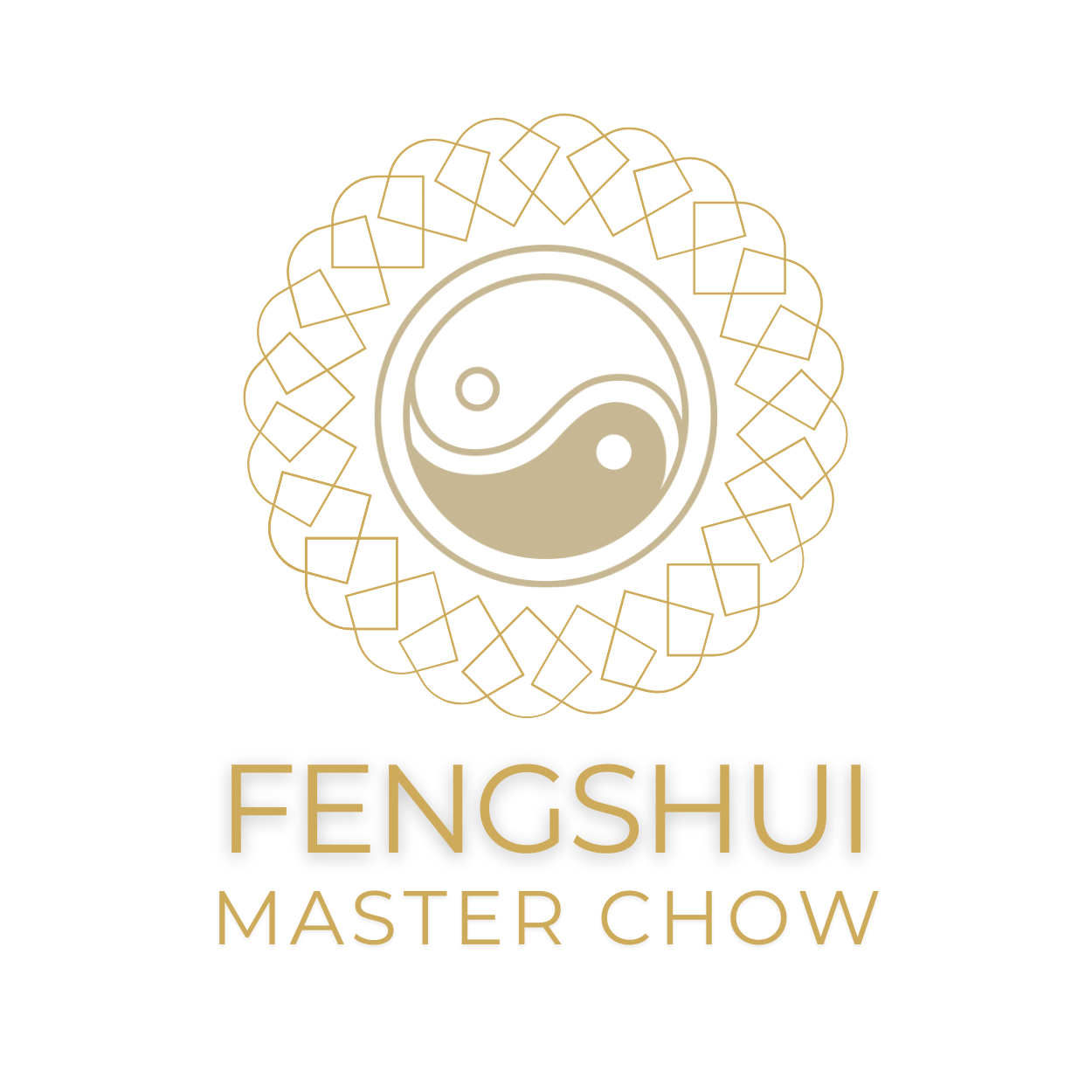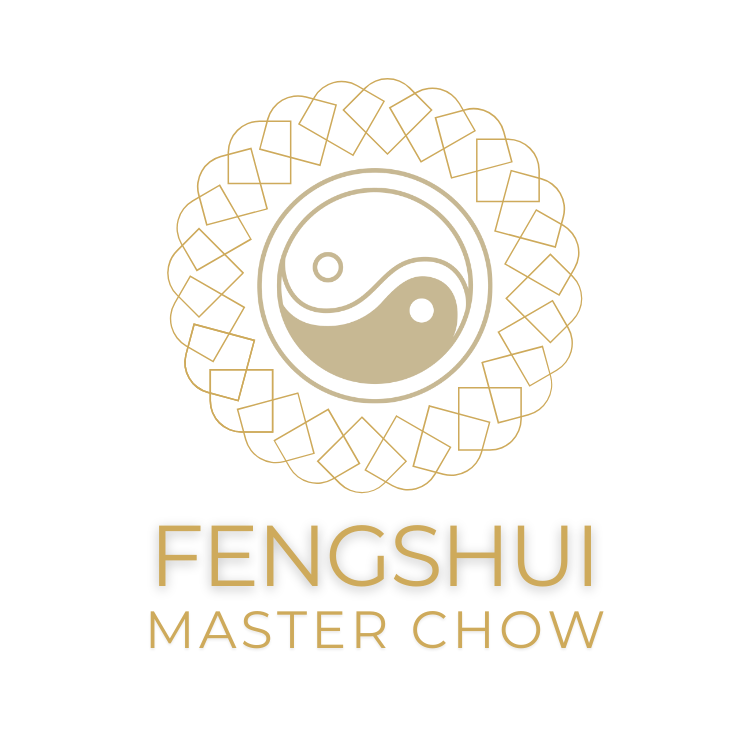What are you looking for?
Search
A Guide to Chinese Symbols and Their Meanings
Chinese symbols have long fascinated people worldwide, offering a unique glimpse into the rich and diverse Chinese culture. These symbols go beyond mere characters, carrying profound meanings and conveying timeless wisdom.
From symbols of love and peace to those representing strength and prosperity, Chinese symbols provide valuable insights into various aspects of life. By understanding these icons, we can enrich our daily lives and find inspiration for growth and well-being.
This article will guide you through the meanings behind some of the most iconic Chinese symbols, helping you understand how they can bring balance, positivity, and harmony into your life. Let’s dive into these ancient symbols and explore their significance together.
Introduction
Chinese symbols have played a significant role in the culture for thousands of years, woven into art, literature, and daily life. These symbols often represent core values, beliefs, and elements of nature, reflecting the philosophical depth and spiritual wisdom of China. Each symbol tells its own story and has a specific meaning, offering insights into China’s rich cultural heritage.
With so many Chinese symbols, it’s fascinating to explore the meanings behind them. Common symbols such as those for love, peace, and strength, as well as more complex ones like Yin-Yang and Ba Gua, provide a window into Chinese philosophy and spirituality. Understanding these symbols can deepen our appreciation for Chinese culture while also offering personal guidance for a balanced life.
By incorporating these symbols into our daily lives, we can connect with their positive energy and profound wisdom, enriching our own well-being.
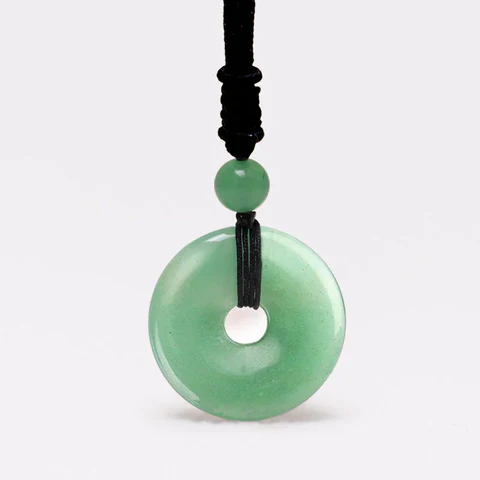
Chinese Symbol for Love
In Chinese culture, the symbol for love holds deep significance, often accompanied by other symbols like mandarin ducks and the "double happiness" character, all representing different facets of love, fidelity, and marital bliss.
Mandarin Ducks
Mandarin ducks are emblematic of love and fidelity, often depicted in pairs. Known for their lifelong monogamous relationships, they represent enduring partnerships and harmony in marriage. These birds are frequently featured in Chinese wedding traditions, symbolizing the wish for a strong, lasting bond between couples.
Double Happiness
The "double happiness" character, "囍," is one of the most well-known symbols in Chinese weddings. It conveys the idea of joy and marital bliss and is commonly used on wedding invitations, decorations, and gifts. This symbol emphasizes the importance of happiness and harmony within relationships.
Love (爱)
The Chinese character for love, "爱," is rich in meaning, combining elements that symbolize the heart and emotional connection. This character is often used in calligraphy and artwork to express affection and commitment. It plays a significant role in Chinese art and culture, reminding us of the beauty and depth of love in its various forms.
These symbols for love in Chinese culture, including mandarin ducks, "double happiness," and "爱," offer a meaningful way to celebrate and appreciate the power of love and deep connections.
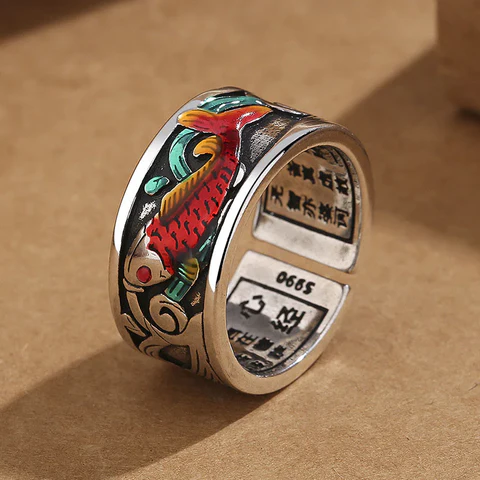
Chinese Symbol for Peace
Peace is another core value in Chinese culture, with symbols like Ping An Kou, the lotus flower, and Bodhi seeds representing tranquility, harmony, and spiritual serenity.
Ping An Kou
The Ping An Kou, or peace buckle, is a traditional Chinese amulet designed to protect the wearer and promote peace. Its circular shape, with a hole at the center, symbolizes unity and completeness, embodying the idea of harmony in life. This symbol is often worn as a pendant or charm to bring safety and calm.
Lotus
The lotus is a symbol of purity, peace, and spiritual enlightenment in Chinese culture. It grows beautifully from muddy waters, representing the ability to maintain purity amidst life’s challenges. In Buddhism, the lotus is associated with enlightenment, making it a powerful symbol of inner peace.
Bodhi Seed
Bodhi seeds, originating from the tree under which the Buddha attained enlightenment, are symbols of spiritual awakening and peace. Used to make prayer beads for meditation, Bodhi seeds are believed to help cultivate calmness and mindfulness.
These symbols of peace, such as Ping An Kou, lotus, and Bodhi seeds, serve as reminders of the importance of maintaining inner tranquility and striving for spiritual growth.
Chinese Symbol for Strength
In Chinese culture, strength is often symbolized by creatures like dragons and the mythical nine-tailed fox, as well as the tiger, each representing power, resilience, and transformation.
Dragon
The dragon is one of the most revered symbols in Chinese culture, representing strength, good fortune, and imperial power. Unlike the fearsome dragons in Western myths, Chinese dragons are seen as benevolent and bringers of prosperity. They are believed to control water and weather, showcasing their immense influence.
Nine-Tailed Fox
The nine-tailed fox, a symbol of transformation, wisdom, and supernatural power, is often depicted with multiple tails. Each tail signifies increasing strength and knowledge. In Chinese folklore, these creatures are known for their resilience and adaptability, embodying the idea that true strength evolves over time.
Tiger
The tiger is a powerful symbol of bravery and protection. In Chinese culture, it is the king of all animals and a guardian against evil. Tigers are frequently depicted in art and folklore, representing courage and military strength. In Feng Shui, the tiger is also believed to ward off negative energy.
These symbols, including the dragon, nine-tailed fox, and tiger, convey the importance of resilience, courage, and strength in overcoming life’s challenges.
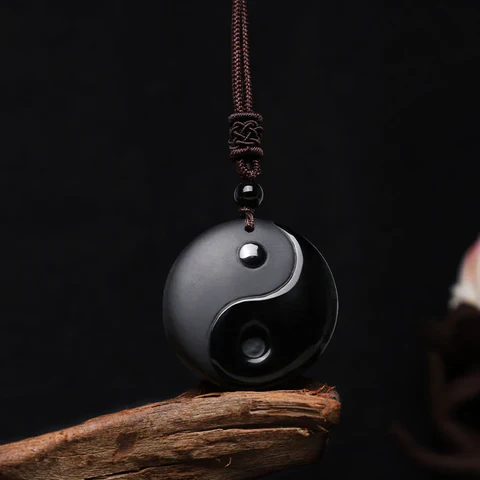
Chinese Symbols for Wealth and Prosperity
Symbols such as Pixiu, Yuan Bao, and Chinese coins are highly valued in Chinese culture for their associations with wealth, success, and abundance.
Pixiu
Pixiu, a mythical winged lion-like creature, is widely regarded as a symbol of wealth and protection. Known for its ability to attract and safeguard riches, Pixiu is often displayed in homes and offices to ensure financial prosperity. Jewelry featuring Pixiu is also popular as a talisman for attracting wealth.
Yuan Bao
Yuan Bao, shaped like a boat, was used as currency in ancient China. These symbols are now commonly associated with financial prosperity and are used in Feng Shui to attract wealth. Displaying Yuan Bao in homes and offices can invite positive financial energy.
Chinese Coins
Traditional Chinese coins, particularly those with a square hole in the middle, are symbols of wealth. Often tied with red ribbons, these coins are used in Feng Shui practices to attract good fortune and financial success. They are commonly placed in homes or worn as jewelry for continuous prosperity.
These symbols for wealth, such as Pixiu, Yuan Bao, and Chinese coins, are essential tools in Chinese culture for attracting and safeguarding abundance.
Chinese Symbols for Good Fortune and Happiness
Symbols like the koi fish, the character "Fu," and the phoenix are considered powerful representations of luck, happiness, and good fortune.
Koi Fish
Koi fish are symbols of perseverance and good fortune. Their ability to swim upstream represents determination and success in overcoming obstacles. Koi are often kept in ponds or aquariums to bring prosperity and positive energy.
Fu Character
The "Fu" character, meaning happiness and good fortune, is commonly displayed during the Chinese New Year to invite luck into the home. It is often placed upside down at entrances, symbolizing the arrival of good fortune.
Phoenix
The phoenix, associated with rebirth and immortality, symbolizes renewal and grace. It is often linked to high virtue and harmony, making it a popular emblem of happiness and prosperity. The phoenix is especially important in weddings, symbolizing a harmonious and flourishing union.
Chinese Symbols for Harmony and Balance
Symbols like Yin-Yang, Ba Gua, and the Five Elements embody the concepts of balance and harmony, which are essential in Chinese philosophy.
Yin-Yang
The Yin-Yang symbol represents the balance between opposites. It shows how seemingly contrary forces are interconnected and interdependent, reflecting the dynamic harmony of the universe.
Ba Gua
The Ba Gua, or Eight Trigrams, is used to represent the balance of natural forces. It is widely applied in Feng Shui to promote harmony in living spaces, ensuring a flow of positive energy.
The Five Elements
The Five Elements—wood, fire, earth, metal, and water—are fundamental to Chinese philosophy. Achieving balance between these elements is believed to ensure harmony and well-being.
Conclusion: Bringing Ancient Symbols into Modern Life
Chinese symbols, deeply rooted in tradition, continue to offer valuable insights for modern life. By incorporating them into our surroundings, we can cultivate a harmonious and prosperous environment. Whether through art, jewelry, or decoration, these symbols act as reminders of the timeless wisdom they represent.
